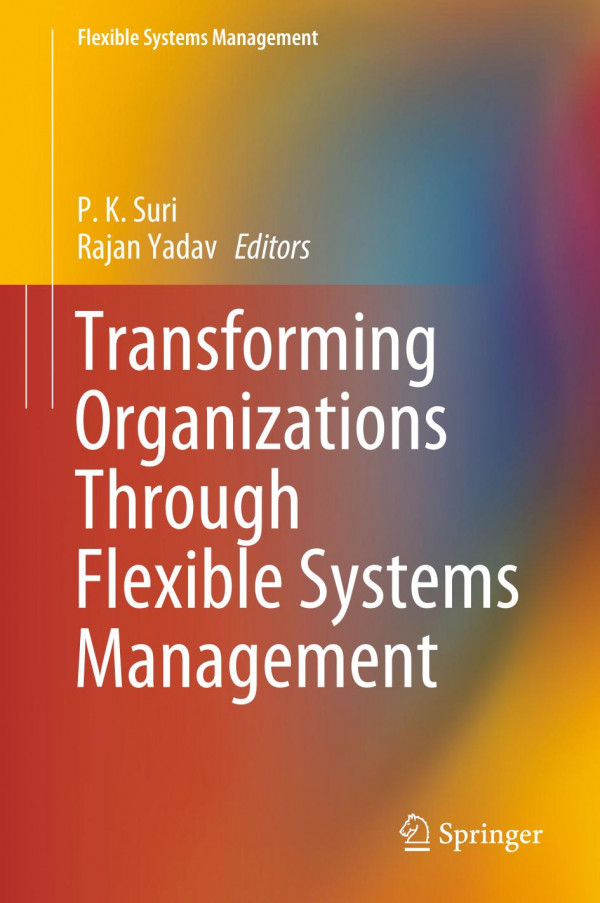

Most ebook files are in PDF format, so you can easily read them using various software such as Foxit Reader or directly on the Google Chrome browser.
Some ebook files are released by publishers in other formats such as .awz, .mobi, .epub, .fb2, etc. You may need to install specific software to read these formats on mobile/PC, such as Calibre.
Please read the tutorial at this link. https://ebooknice.com/page/post?id=faq
We offer FREE conversion to the popular formats you request; however, this may take some time. Therefore, right after payment, please email us, and we will try to provide the service as quickly as possible.
For some exceptional file formats or broken links (if any), please refrain from opening any disputes. Instead, email us first, and we will try to assist within a maximum of 6 hours.
EbookNice Team

Status:
Available5.0
18 reviewsThe book focuses on key emerging areas concerning flexible systems management as an approach for transforming organizations. It is divided into three parts, discussing Enterprise Flexibility and Performance Management; Transformational Strategies and Organizational Competitiveness; and Supply Chain Flexibility. Part I addresses the integration aspects of learning, innovation, and entrepreneurship for organizational success, performance gains through cross-border acquisitions, flexibility measurement, and organizational competitiveness, impact of disinvestment, employability gaps and sustainable growth. Part II then examines risk governance structure, supporting culture, channel collaboration, waste management, IT-based process re-engineering, HR flexibility and adoption of big data as transformational strategies. Lastly, the third part investigates the development of a framework for a green flexible manufacturing system, measuring the effect of supply chain design on firm performance, exploring and ranking logistics service providers’ best practices, and exploring the relationship between optimism and career planning in the context of manufacturing sector, and analyzes customers’ emotional engagement and their inclinations towards the brand. The concept of flexibility is a common thread running through the three parts. The book is supported by both quantitative- and qualitative-based research as well as case applications relating to different areas of government and profit and not for profit organizations. Written by leading academics and practitioners, it is a useful resource for management students, scholars, consultants and practicing managers in both government and corporate sectors.